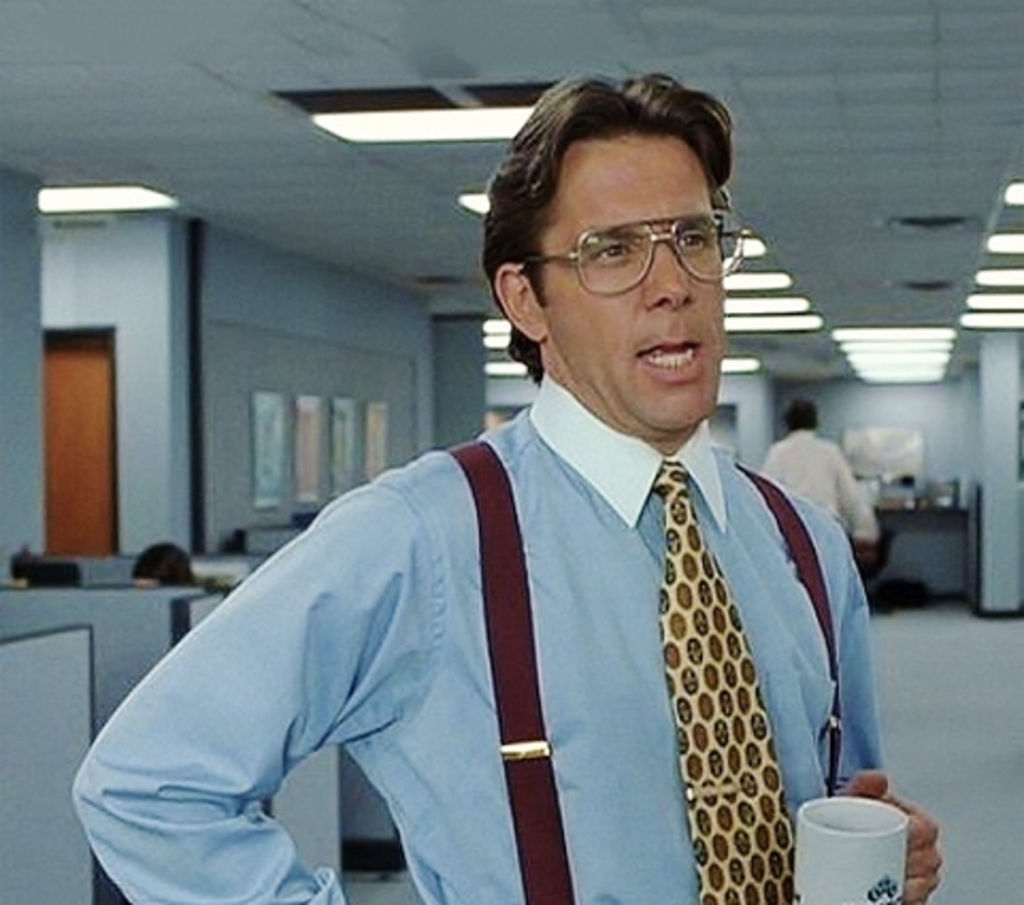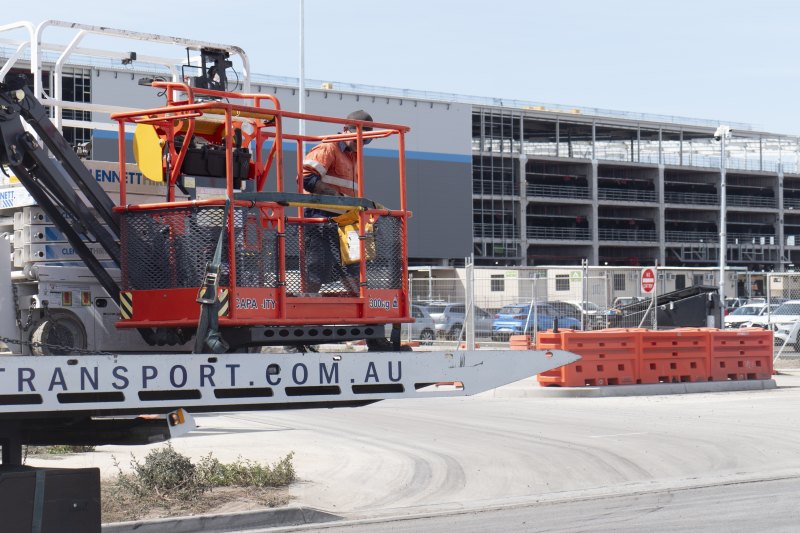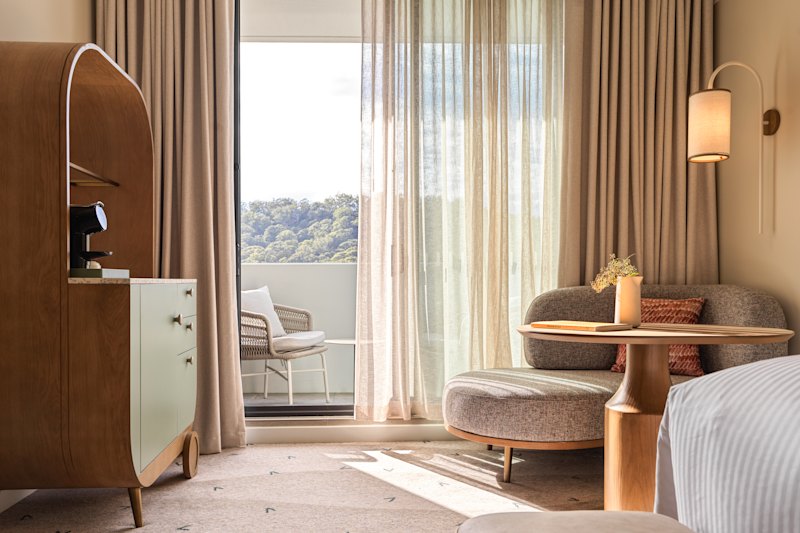
Cool office ideas that can actually suck
Imagine working in an uber-cool office – the type that looks more like a theme park or Star Wars set than a place of employment.
All those nifty features designed to attract the best talent and unleash creativity, such as rock-climbing walls, pool tables, gamer rooms and huddle pods, would make work more enjoyable, right? Not necessarily.

Work concepts that foster greater collaboration, flexibility and morale are bound to be embraced by staff.
But if implemented poorly, even the most on-trend office environments can, well, suck.
Here are a few that don’t always live up to the hype.
Open plan
Do you work in an open-plan office? Of course you do, everyone does. An integrated layout often creates more problems than the occasional office slacker they are designed to weed out, says Jane Bright, office design director at Charter Build.
“Densely populated open-plan offices aren’t always easy places to work in,” Ms Bright says. “Noise, constant interruptions and personality clashes are just a few of the problems that can arise.”
Proper spacing between workstations, noise-absorbing materials and dividers, and areas for staff to work alone or have quiet time can improve employee wellbeing and productivity, she adds.
 Noise, interruptions and personality clashes are some of the potential downsides of an open-plan office. Photo: Shutterstock
Noise, interruptions and personality clashes are some of the potential downsides of an open-plan office. Photo: Shutterstock
Hot desks
Hot-desking and its more advanced cousin, activity-based working, is the style of workplace where employees don’t have their own desk but use whichever station is available at the time.
Staff are encouraged to move around in a more fluid environment, collaborate with others and gain inspiration from new neighbours.
But hot-desking can be confusing in large companies because it is difficult to locate people and frequent desk relocations can waste time and create more work.
Research shows there is more illness in hot-desk environments with staff sharing desks and keyboards, while arguments can arise when employees become territorial about their workstations.
Redefinity conflict coach Lynora Brooke says hot-desking may fail when businesses don’t provide enough desks or space for people to work together, adequate quiet rooms for time out and lockers or mobile caddies for personal items.
“The technology is really important with activity-based working,” she says. “There should be universal docking stations that everyone can access, follow-me printing via a phone app and cordless headsets so staff can leave their desk.”
 Technology is important when it comes to hot-desking. Photo: Shutterstock
Technology is important when it comes to hot-desking. Photo: Shutterstock
Buzz nights
A three-course meal and alcohol at your company’s expense. What’s not to like?
Throw in that buzz nights are compulsory for all staff to attend – without partners and every month – and the perk loses some of its gloss.
“The whole night-time socialising concept could be quite challenging because some people don’t have the capacity to do that,” Lynora Brooke says.
“It’s intended to be an inclusive activity to promote team-building so it really needs to be in working hours.”
Gabriel Alkan, principal consultant with Specialist HR, encourages human resources and social committees to consider the needs of all employees for out-of-work activities.
“It’s always best for staff with children to be on the social committee to ensure such company decisions represent all employees,” Mr Alkan says.
 Compulsory after-hours socialising requirements can put pressure on staff. Photo: Shutterstock
Compulsory after-hours socialising requirements can put pressure on staff. Photo: Shutterstock
Recreation facilities
Pool tables, in-house bars, climbing walls and gamer consoles may seem like a great idea to help staff relax and bond with colleagues.
“But it can also be noisy and disruptive for employees. The real question is, does it suit everyone,” Gabriel Alkan says.
“In-house bars and recreation areas create unnecessary distractions in the workplace leading to some employees not getting their work done, but rather having to complete tasks after hours or at home.”
 Not getting your work done? The foosball table could be to blame. Photo: Shutterstock
Not getting your work done? The foosball table could be to blame. Photo: Shutterstock
Stand-up desks
Back problems can be caused by sitting down for long periods so stand-up desks appear to be a healthy option.
“Unfortunately we haven’t considered that this new stand-up desk trend may lead to feet and ankle problems,” Gabriel Alkan says.
Overweight staff and those who wear high heels may be more at risk, he says.
 Standing desks are becoming more popular in workplaces.
Standing desks are becoming more popular in workplaces.
BYO phone
Ditching desk phones is a cost-saving measure that many companies are adopting. Instead, workers are given a mobile phone allowance.
Some human resources experts view it as a natural technology progression while others are more critical.
“Mobile phones rather than landlines mean that employees are reachable 24/7. Staff will end up answering work calls in their lunch breaks and after work,” Gabriel Alkan says.
Laura Good, of HR consultants MetaPeople, adds that there is no point implementing office “benefits” if there are no advantages for staff.
“Employees are pretty savvy and will see right through a new benefit that is really a ploy to have them working more, or if it is intended to be in lieu of pay,” she says.
 Mobile phones mean workers can feel obliged to be on call after hours. Photo: Shutterstock
Mobile phones mean workers can feel obliged to be on call after hours. Photo: Shutterstock










